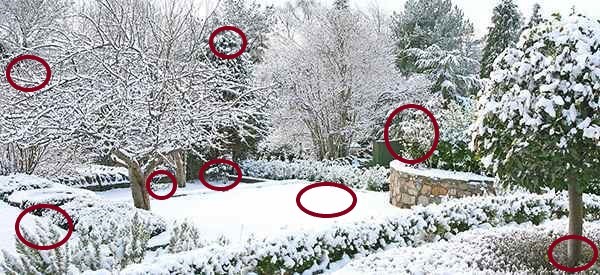
15 Things You Could Forage in Winter
Nature is always a great source of nourishment. Foraging is a year-round source of food and fun, no matter where you live. Our ancestors didn’t have the luxury of taking the winter off from food gathering, they just had to get more creative. There are hundreds of wild foods you can forage in winter, even in cold climates. So what should you forage for in winter?
1. Pine Trees
Pine trees are a great source of vitamin C, beta-carotene, and vitamin A, and they are readily available.
The branch of a pine tree sticks out perpendicularly from its straight, thick trunk. The trunk may bend if it needs to search for sun or has a loss of a constant water source. The needles on a pine tree can stretch from an inch to up to 11 inches long.
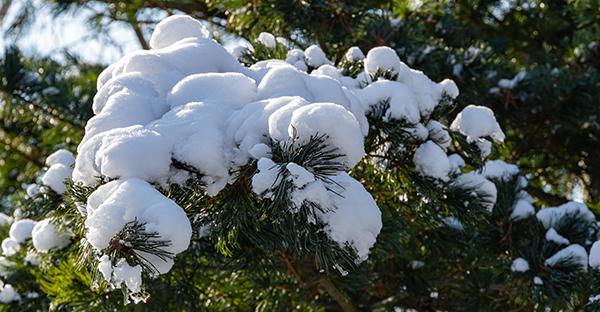
You can use them by boiling them into a tasty tea. The inner bark or cambium layer of a pine tree trunk is edible as well as young pine cones and even the young pine tree roots. Peel the roots before eating them. Steep the outer layer that you peel from the roots. It is high in sugar.
2. Rose Hips
Rose hips are as visible as cranberries in the empty winter landscape. They are a great source of vitamin C and are also recognized for other properties.
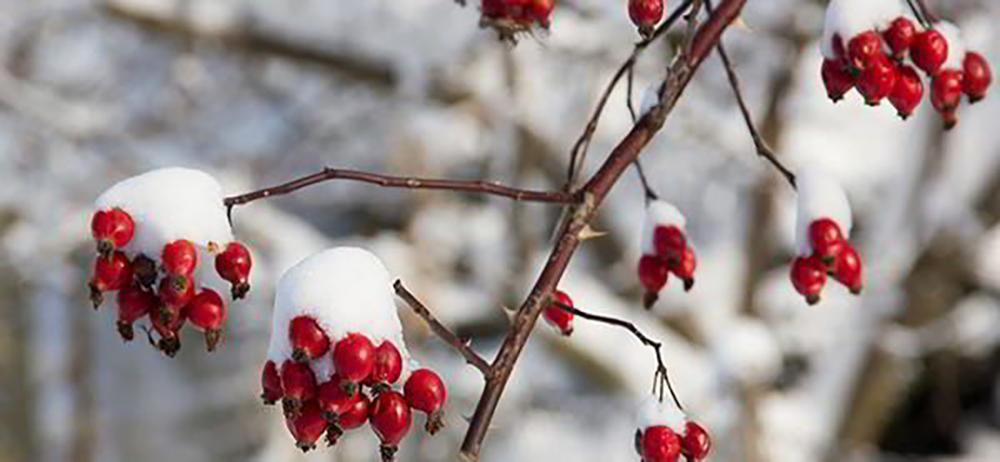
You can eat them raw or cook them. They are commonly used to make tea, syrup, or jam.
3. Nettles
Nettles are highly disregarded all year round. In winter, though, they are a readily-available superfood, rich in protein, iron, and vitamins.
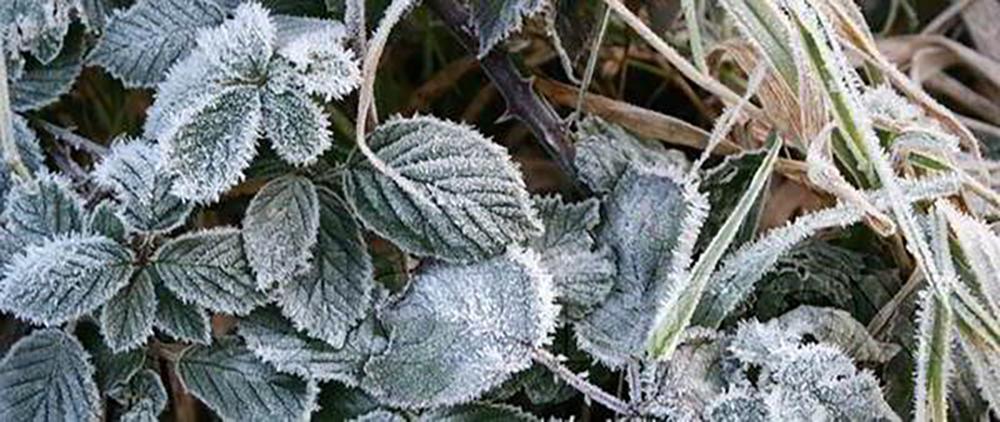
They start growing under the snow in late January, and they make a great meal. Wear gloves while harvesting and cook them properly to reap the wonderful benefits of this common weed.
Related: How to Cook Spring Nettles
4. Dandelion
Dandelion roots are there for you all year round, even in the middle of winter, although they will be a bit more difficult to find. They are very good for you and can be prepared in a number of ways. Awareness of where they grow will pay off when you want to harvest dandelion roots in the winter.
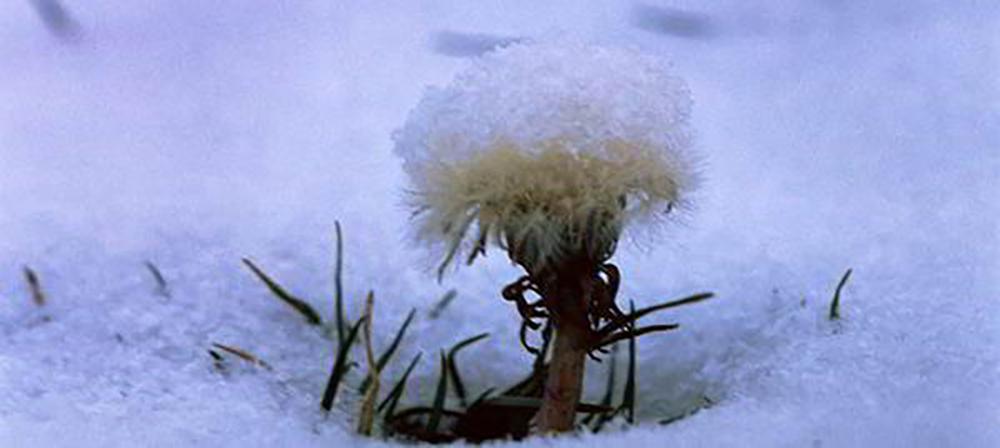
The crown of the plant and leaves may still be present if the weather hasn’t been too severe. The root is a thick, long, white taproot that extends deep into the ground.
Related: Dandelion Root Infused Honey for Immunity
5. Chickweed
Chickweed starts growing as soon as early February. After a couple of months of winter, it’s a great plus for salads and meat. Chickweed can be identified by its oval leaves with a pointed tip and a line of white hairs that grow along the stem. It can be eaten raw or cooked.
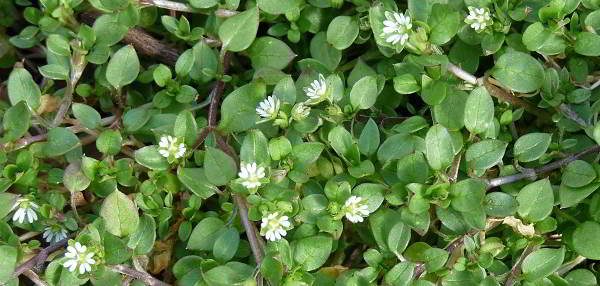
Mouse-ear chickweed has furry, rounded leaves. You need to boil this type of chickweed to remove the tiny hairs on the leaves.
6. Wild Garlic And Onions
Wild garlic and onions grow virtually everywhere in temperate regions. However, you need to always double-check and make sure they are not daffodil bulbs, which are highly poisonous.
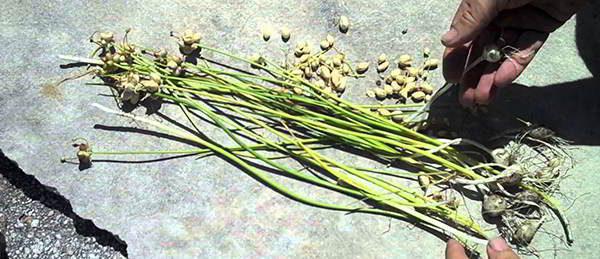
Daffodil bulbs lack the characteristic smell, so it is easy to determine that they are not garlic or onions.
7. Velvet Shank Mushrooms
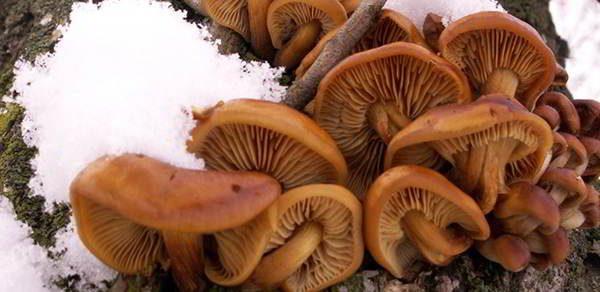
Velvet shank mushrooms grow well in wintertime, even in extreme temperatures. They grow on all dead wood, but they prefer elms and oaks. They grow in groups and have orange caps that make them highly visible.
8. Burdock
Burdock plants and roots are edible. Burdock tea is delicious and good for you.
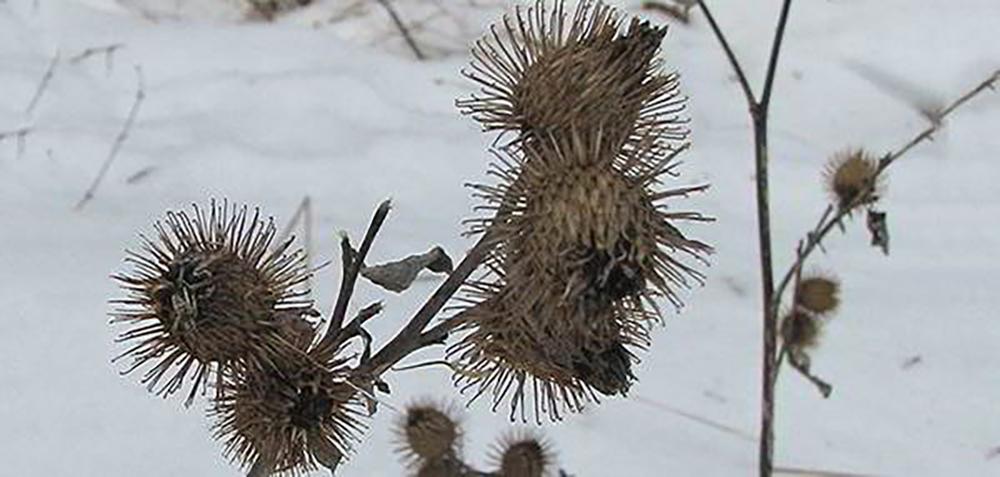
Burdocks are easy to find, especially if you brush up against them and the burs stick to your pants. There are a number of ways to prepare burdock and the leaves and roots are very good for you.
Related: Burdock: The Annoying Weed That Can Save Your Life
9. Oyster Mushrooms
Oyster mushrooms grow in both humid summers and cold winters. An experienced forager would advise you to look for the two to seven days after a frost and to look for different wood trunks than the ones you used in summer—you won’t find them there in the middle of winter.
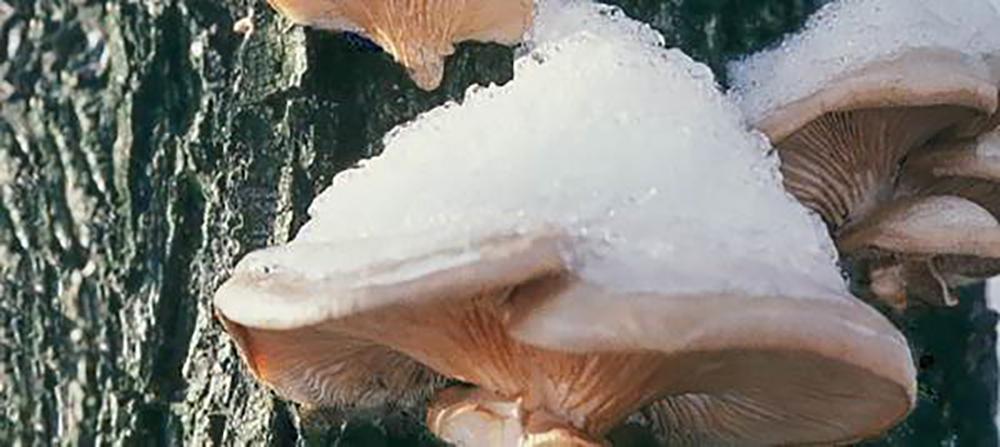
There seems to be a reason why some logs grow them in summer while others do in winter.
10. Cattail
Cattail roots and fresh, young shoots are another great winter food. The shoots can be eaten raw or boiled.
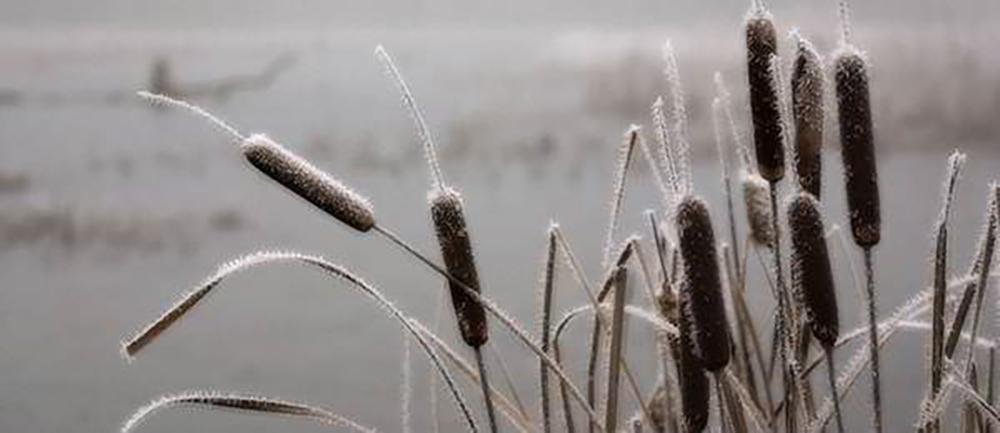
The roots are usually used as flour, but they can also be cooked on a fire.
Related: Delicious Recipes Using Cattails: The Supermarket of the Swamp
11. Acorns
Acorns are a fantastic source of fats. You will find them on the ground, but you will be competing with the animals to obtain them.
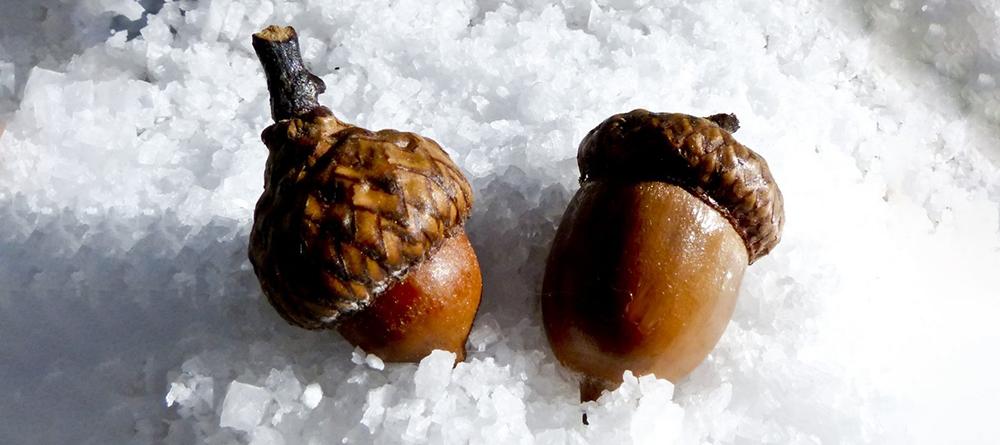
They need to be harvested from the ground, though, to be sure that they are ripe. Acorns are used to make flour and even coffee. You must soak them in warm water first because they contain tannic acids.
12. Frozen Cranberries
Frozen cranberries are a wonderful addition to whatever food you have stored. They are well worth harvesting, whether you really need to or not, just to enjoy them.
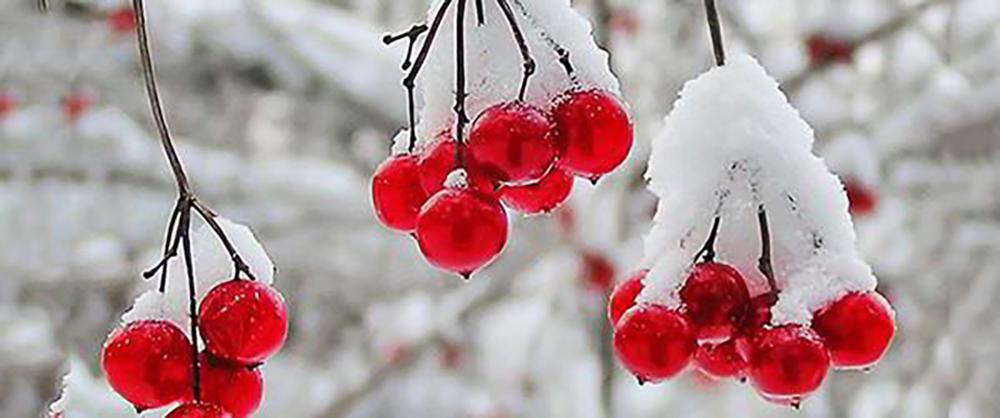
These berries are “stored” above the ice, easy to collect, and so tasty. You can process them into jam, jelly, pies or juice or just eat them fresh for a healthy treat. They are rich in vitamins and are used for medicinal purposes.
13. Crabapples
Crabapples can be harvested from wild and domestic crabapple trees. They will persist on the trees well into the winter if the birds don’t get them first. Crabapple trees range in form from 5- to 10-foot tall shrubs to 25-foot tall trees. Crabapples can be red, yellow, or green and are smaller than 2 inches in diameter. This fruit is usually made into jams, jellies, juice, or pies as it is rather bitter.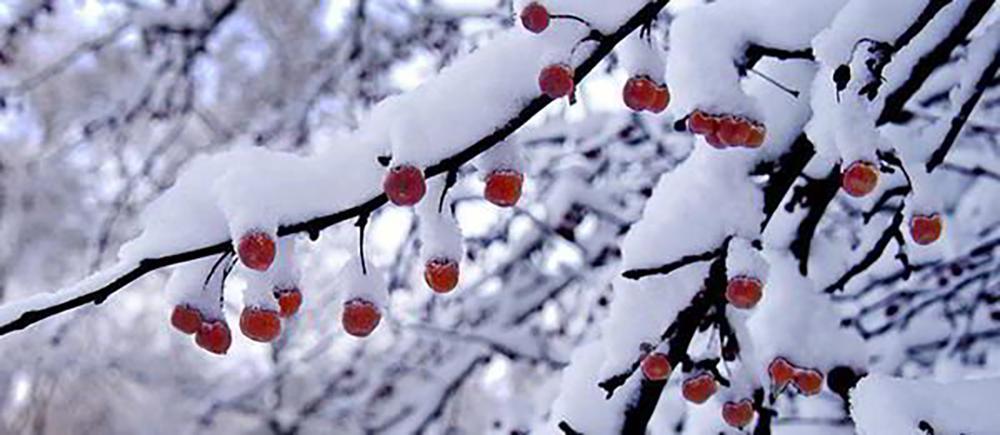
If you don’t have the supplies, time, or interest in processing the fruit, wrap it in foil or put it in a heavy pan with a lid and roast it near a fire. They taste much better. Warning: DO NOT EAT THE SEEDS! They contain hydrogen cyanide which is released during digestion. Spit them out or remove them by hand before eating.
14. Wintergreen
Wintergreen, also known as teaberry, is one of my favorite woodland party tricks. When hiking with friends, I’ll pick a leaf off of this low-growing vine and ask them to chew on it. Skeptical at first, they are always pleasantly surprised by it’s refreshing, minty flavor.
Wintergreen is a low-growing, vining plant with waxy leaves and red berries.
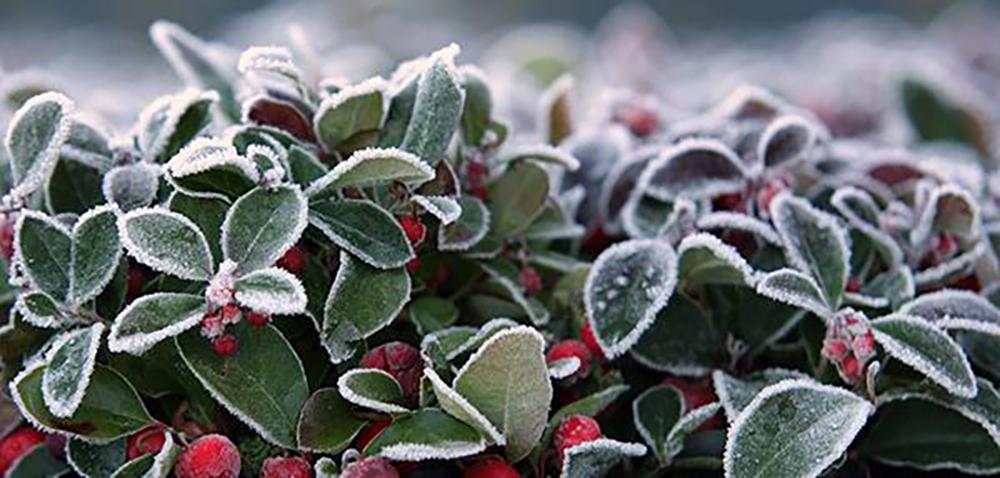
Don’t confuse wintergreen with partridgeberry, another vining plant with red berries that grows in the same areas. When in doubt, break off a leaf—wintergreen’s scent will most definitely give it away.
Steep in a tea to soothe headaches as well as digestive troubles, such as gas or colic, and muscle pains. Use as a gargle for a sore throat.
15. Inner Bark
The inner bark of quite a few tree species can be eaten raw, and if cut into fine strips, it can be boiled or dried and turned into flour. You can make a rustic pasta or bread, or you can add it to clear soup to improve it. Not all bark is edible, so you should look for birch, aspen, maple, pine, and willow. You’ll want to eat the inner/cambium layer, not the outside bark, of course!
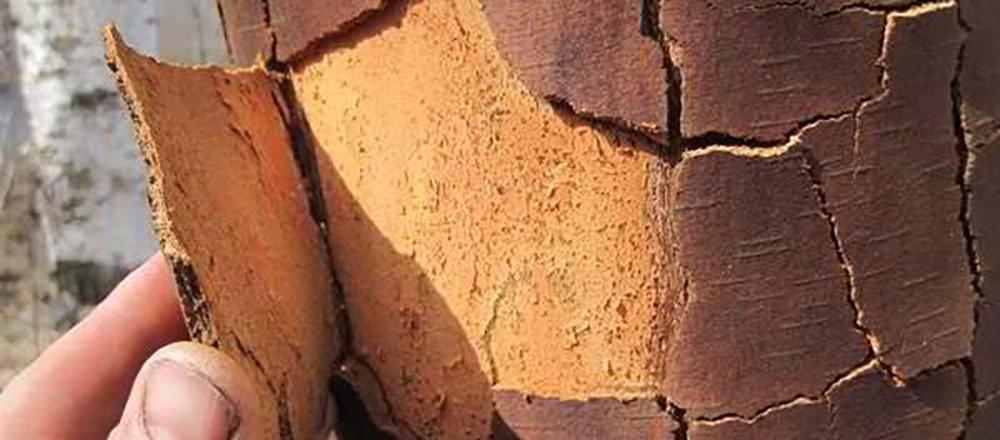
Always make sure to double-check the plants and fruits you are planning to eat. Some species are quite similar, and despite their appearance, one of them can be quite poisonous and make you really sick if accidentally eaten. Make sure you have the proper book to check and double-check!
You may also like:
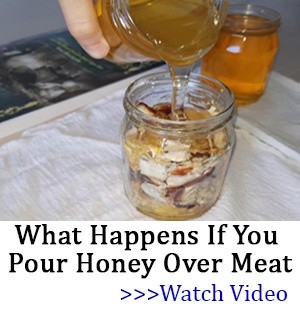 25 Little Known Medicinal Uses for Tree Bark
25 Little Known Medicinal Uses for Tree Bark
The ‘Superweed’ That Saved Large Communities During The Great Depression (Video)
15 Common Wild Plants You Never Thought Were Edible

NEVER (!) wrap or cook anything in aluminum, particularly aluminum foil–aluminum is highly soluble, especially in acidic foods, and will quickly leach into your food while leaving its characteristic metallic ions to warn your taste buds. We get a bit of aluminum naturally (it’s in potatoes, for example) but we didn’t evolve with a diet that cooked or stored our food in aluminum, and especially aluminum foil.
Let’s not overreact.
The day-to-day exposure to aluminum that you have through your food and cooking is considered safe.
This is because healthy people can efficiently excrete the small amounts of aluminum the body absorbs.
You don’t do it everyday, once in a while it’s fine.
I think you need to edit the length of the pine needle. Change FOOT/Feet to INCH!!
I LOVE this article!! Thank you!
Hi Suzanne,
Thank you so much for letting us know about the mistake 🙂
We have made the appropriate changes.
God bless!
You might change the picture of a pine tree to an actual pine tree. Otherwise, nice information.
This is true. The photo is of a balsam, not a pine.
Ah, not a balsam. It is a spruce or fur. Sorry.
The picture you are showing is not a pine tree. It is either fir or spruce and as you noted the needles in the picture are not in whorls. Also pine needles on some species can be 6-8 inches long. Maybe the wording should be members of the Pinaceae Family. Also some Pinon pines can be in whorls of 2.
Hi Dan,
Thank you so much for your feedback.
We have made the appropriate changes.
God bless!
Your picture is still not of a pine tree branch.
Spruce and fir trees… are they also good for tea?
I know that Spruce trees are good for tea. Spruce sap, beeswax, and oil can be used to make a salve that is antibacterial and antifungal.
Nice article, but most of the data is for northern parts of the US. Maybe a similar article about foraging in the more arid regions of TX and the desert southwest would be in order
Hi Mark,
Your feedback is valuable to us. And your suggestion will certainly be taking into consideration for our future posts.
God bless!
How do you harvest the inner bark of a living tree? Does it damage the tree?
Hi Sarah,
In order to not damage the tree, when you are gathering the bark, take care not to girdle the trunk (don’t remove a section of bark all the way around the trunk). Girdling prevents water and sugars from getting from the ground to the leaves, essentially starving the tree to death.
Start by removing a small branch no bigger than your arm by sawing it off just beyond the branch collar. Clean the branch, then cut it into pieces. Use a knife to shave down the length of the branch, removing long strips of cambium, the inner bark.
God bless!